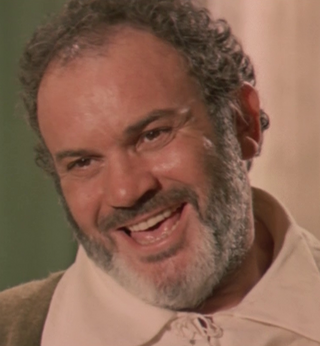
Mario Brega was an Italian character actor. His heavy build meant that he regularly portrayed a thug in his films, particularly earlier in his career in westerns. Later in his career, however, he featured in numerous Italian comedy films. Brega stood at 6 feet 4 inches (1.93 m) and well over 250 pounds (110 kg) at his heaviest but after the 1960s slimmed down significantly.

Vampire in Venice, also known as Prince of the Night and Nosferatu in Venice is a 1988 Italian supernatural horror film directed by Augusto Caminito and an uncredited Klaus Kinski, and starring Kinski, Christopher Plummer, Donald Pleasence, and Barbara De Rossi. The story follows Professor Paris Catalano (Plummer), who travels to Venice following the trail of the last known appearance of Nosferatu (Kinski), who was seen at Carnival in 1786. Catalano learns through a séance that the vampire is seeking eternal death, and tries to put an end to its existence once and for all.
Alberto De Martino was an Italian film director and screenwriter. Born in Rome, De Martino started as a child actor and later returned to the cinema where worked as a screenwriter, director and dubbing supervisor. De Martino's films as a director specialised in well-crafted knock-offs of Hollywood hit films. These films were specifically created films in Western, horror and mythology genres which were developed for the international market. The Telegraph stated that his best known of these film was probably The Antichrist. The Antichrist capitalized on the box-office appeal of The Exorcist (1973) and in its first week in the United States earned a greater box office than Jaws.

Adriana Benetti was an Italian actress.

Mino Guerrini was an Italian director, screenwriter, journalist, actor, and painter.

Omicidio per appuntamento is a 1966 giallo film directed by Mino Guerrini. The film stars George Ardisson, Günther Stoll and Ella Karin. Adapted from a novel by Franco Enna, the film has been described as "stylish" and "flamboyant", and has been seen as inspired by the work of Mario Bava.

Ragazza alla pari is a 1976 commedia sexy all'italiana directed by Mino Guerrini.
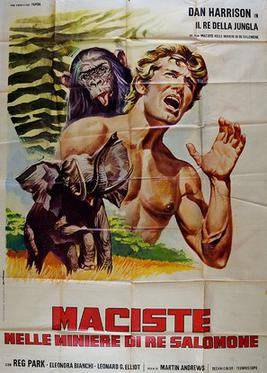
Samson in King Solomon's Mines is a 1964 Italian peplum film written and directed by Piero Regnoli.

Basta guardarla is a 1970 Italian comedy film directed by Luciano Salce.
Lara Wendel is a German former actress who was active in Italian cinema and television.

Vincenzo "Enzo" Liberti was an Italian actor, voice actor, director and television personality.

Franca Dominici was an Italian actress and voice actress.
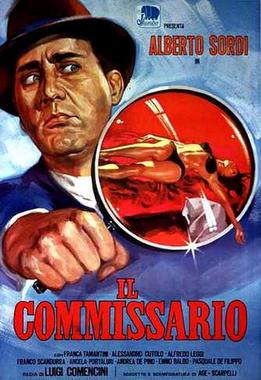
The Police Commissioner is a 1962 Italian comedy film directed by Luigi Comencini.

Ulysses Against the Son of Hercules is a 1962 peplum film directed by Mario Caiano.
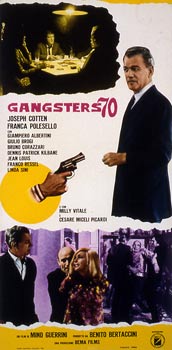
Days of Fire is a 1968 Italian crime-thriller film written and directed by Mino Guerrini.
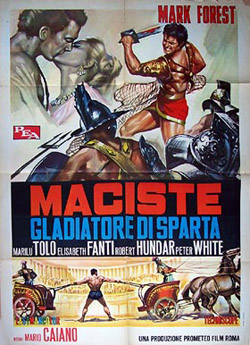
The Terror of Rome Against the Son of Hercules is a 1964 peplum film directed by Mario Caiano and starring Mark Forest and Marilù Tolo.

The Million Dollar Countdown is a 1967 Spanish-Italian criminal comedy film directed by Mario Caiano and starring Frank Wolff.

The Two Gladiators is a 1964 Italian peplum film directed by Mario Caiano and starring Richard Harrison.

Love and Marriage is a 1964 Italian anthology comedy film directed by Gianni Puccini and Mino Guerrini.

Rome 1585, also known as The Mercenaries, is a 1961 Italian epic adventure film co-written and directed by Mario Bonnard and starring Daniela Rocca and Antonio Cifariello. It is Bonnard's last film.

















